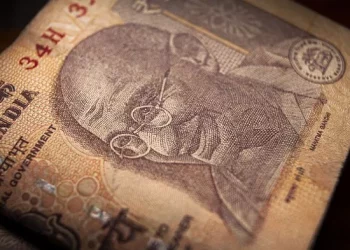The USD/JPY pair held near 143.55 during Asian trading hours on Friday, weighed down by renewed weakness in the US Dollar (USD) and rising demand for the safe-haven Japanese Yen (JPY). A combination of escalating trade tensions and growing fears of a global economic slowdown has shifted investor sentiment toward safer assets.
Market anxiety was heightened after US President Donald Trump announced on Wednesday a temporary reduction in tariffs for dozens of countries while significantly raising duties on Chinese imports—from 104% to 125%. This sharp escalation in trade pressure against China, amid an already fragile global economic outlook, further dragged on the Greenback.
Investor concerns over an impending recession in both the US and globally, driven by aggressive trade policy shifts and uncertain future measures, have reinforced expectations for monetary easing by the US Federal Reserve. Traders now anticipate that the Fed will begin cutting interest rates as early as June, potentially lowering the policy rate by a full percentage point by year-end.
According to the CME FedWatch tool, the probability of a rate cut at the Fed’s next policy meeting on May 6-7 has surged to 44%, up from just 14% a week ago, reflecting the growing market conviction that policy easing is imminent.
In contrast, the Bank of Japan (BoJ) has maintained a notably hawkish stance, creating a significant divergence in monetary policy expectations between the two central banks. This divergence continues to support the Japanese Yen and poses a headwind for the USD/JPY pair.
Adding to the Yen’s resilience, Japan’s Finance Minister Shunichi Kato emphasized on Friday that exchange rates should be determined by market forces. However, he warned that excessive volatility in foreign exchange markets could negatively affect the Japanese economy, signaling the government’s readiness to monitor sharp currency moves.
Related Topics:




























